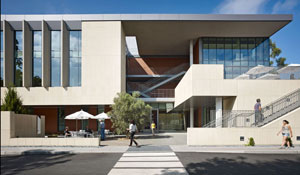Project Tag: Landscape
Fern Alley West / Alleycat Bench

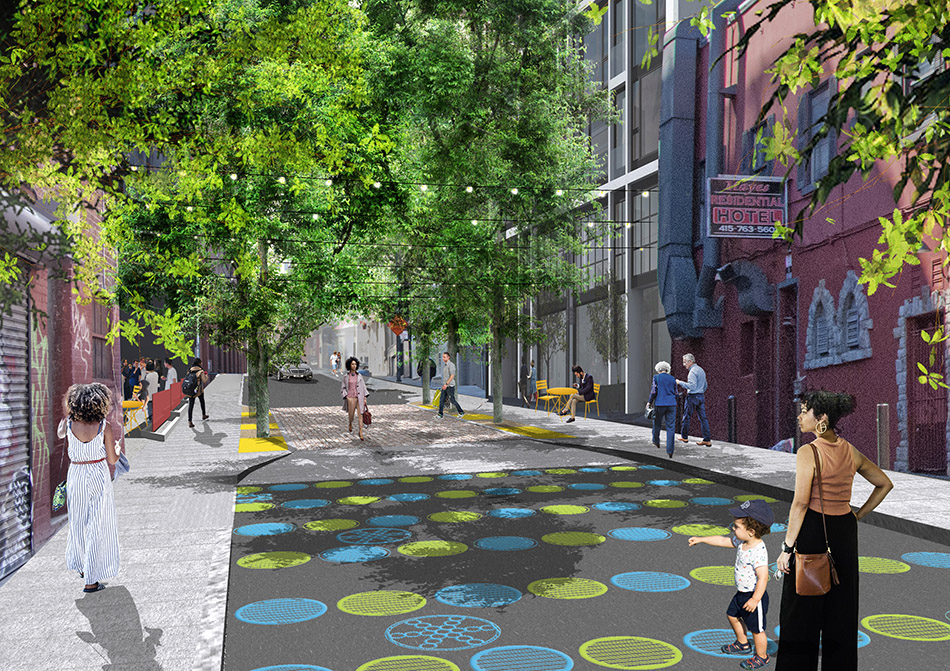
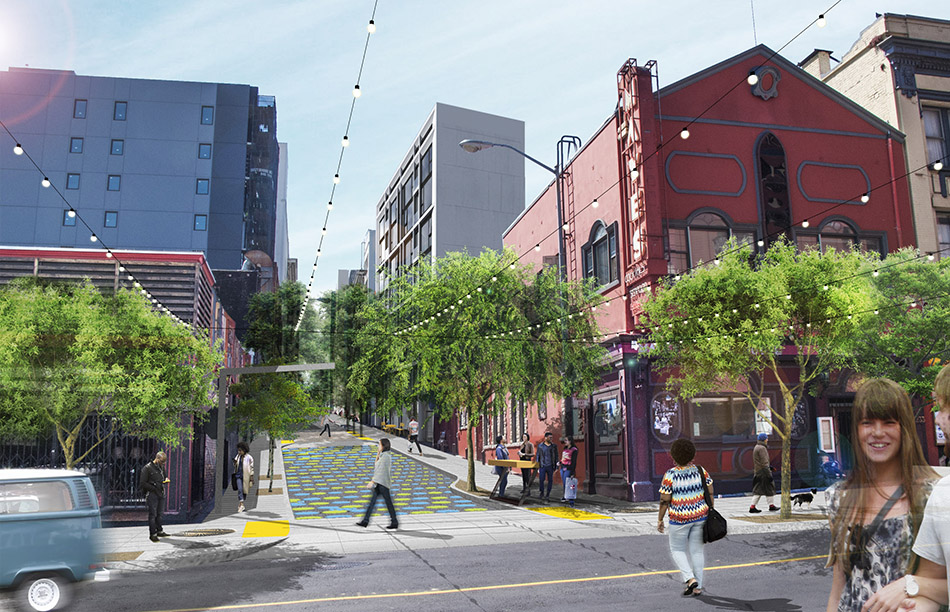
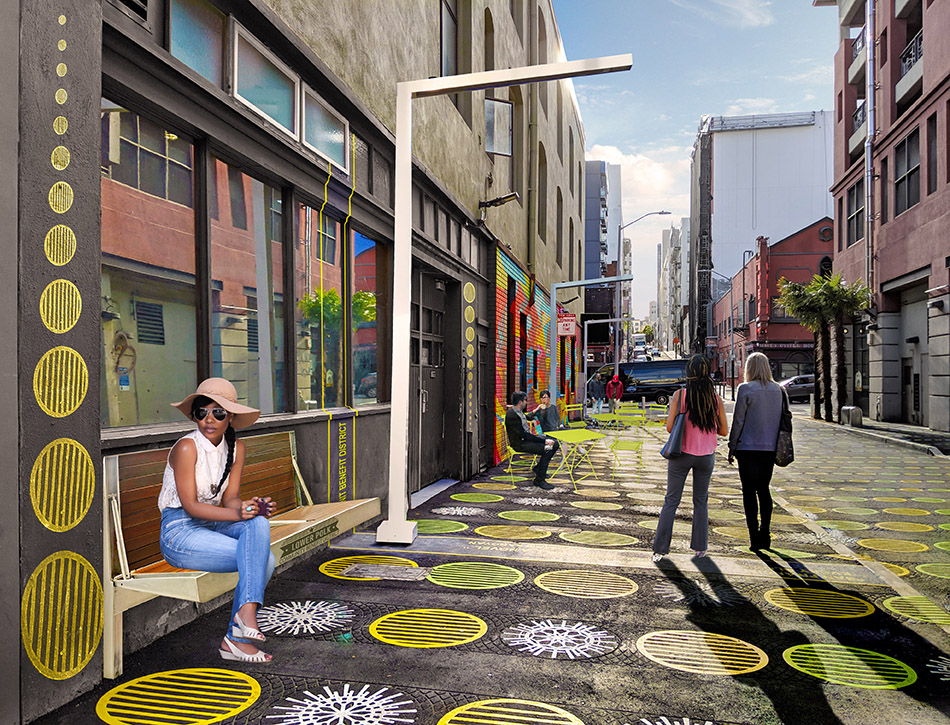
Video courtesy of EnnisFlint TrafficScapes.
Location: Lower Polk, San Francisco
Owner/Client: Lower Polk Neighbors
Scope: Alleyways District Vision Plan & Concept Design
Status: Alleycat Bench Prototype Completed 2019
Photography: N/A
Kaiser Oakland Medical Office Building Landscape, Phase 2
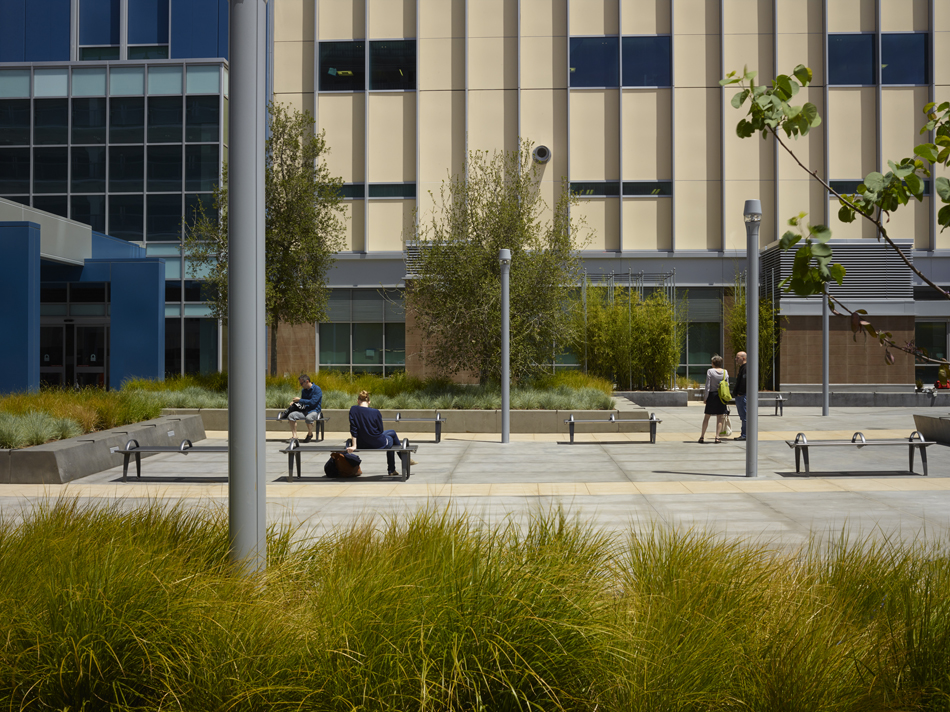
Critical Connections
Phase 2 of the Kaiser Permanente Oakland Medical Campus landscape project, the Hospital Entry Plaza, establishes a critical connection between the Piedmont Street residential area and Mosswood Park. This generous pedestrian-oriented greenway connects a neighborhood to a park while establishing a formal drop-off for visitors and patients to the hospital, lush with plantings and a grove of native live oaks, all above-structure to conceal the hospital services loading docks below.
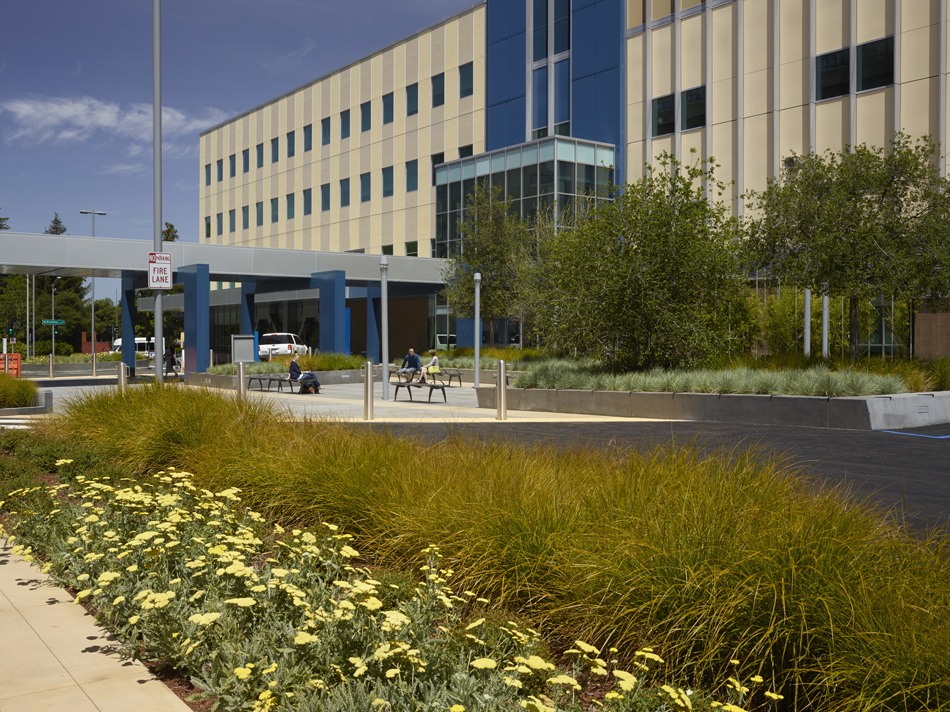
Differing Orientations
The plaza links the hospital to the parking garage, the Central Utility Plant (CUP), and the emergency entry while serving as an impromptu public open space for events and informal gathering for a staff of over 500 people and the general public. The campus is composed of major planting volumes which clearly organizes the public spaces and screens vehicles from pedestrian-oriented areas. A linear path is established along a tree-lined promenade reconciling the grade difference between the vehicular-oriented Broadway Boulevard and the pedestrian-oriented Piedmont Street.
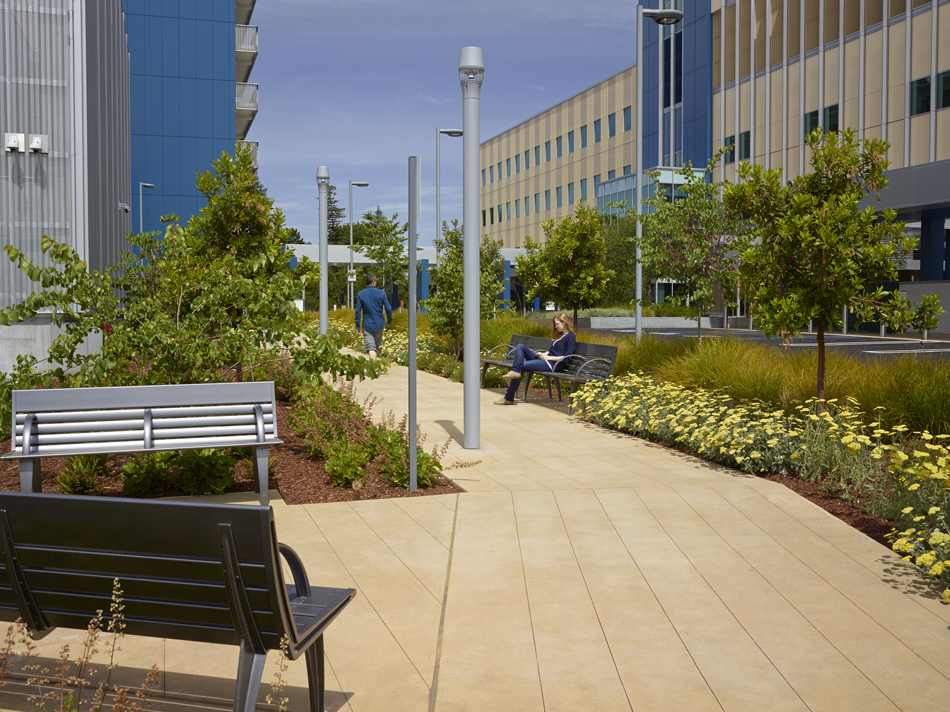
Bringing the Walls to Life
Substantial storm treatment plantings dominate the southeast corner of the site, handling the entire run-off of all four buildings and hard-scape while allowing for significant inundation and retention in a hundred-year storm event. INTERSTICE Architects designed the landscape to integrate substantial screening and living walls which surround the CUP, forming wellness conditions critical to the hospital’s mission to create an environment that not only cures disease but actively promotes health.
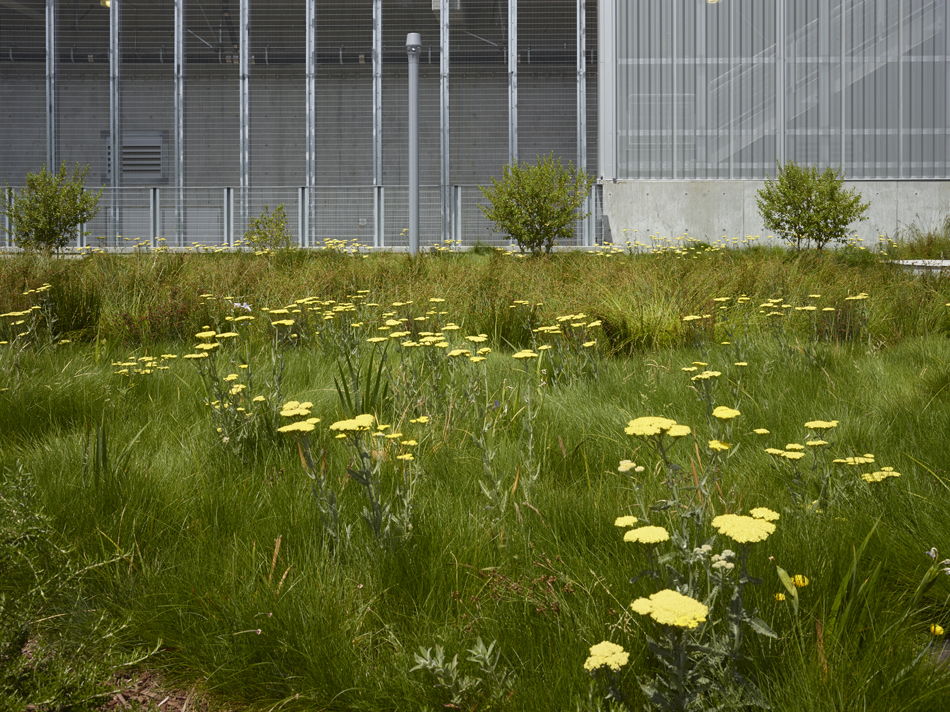
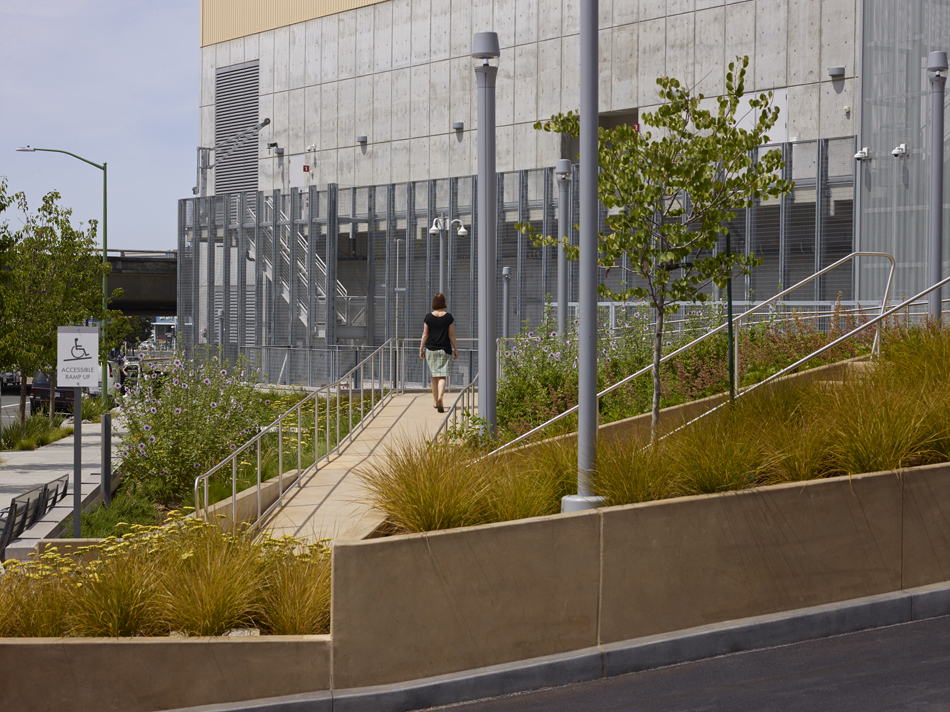
Location: Oakland, California
Owner/Client: Kaiser Permanente / NBBJ Architects
Scope: Landscape Design, Creek Restoration & Streetscape
Status: Completed 2013
Photography: Marion Brenner
California Street Cable Car Turn-around Vision Plan
Realizing an Urban Vision
The Lower Polk Community Benefit District, working with the Lower Polk Neighbors, brought together neighbors, city agencies, and business owners to harness the power of collective interest – working to find the confluence of hopes and aspirations for a better, safer and more invitingly pleasant Cable Car Turn-Around, and focusing those interests on making their collective vision a reality. By mobilizing the various local and City coalitions, the collective expects to optimize the LP-CBD’s ability to tap into future funding sources to actualize over time these street improvements and pedestrian enhancements. This is what IA set out to do when The California Cable Car Vision Plan, was commissioned by the Lower Polk Community Benefit District in October 2019 to embark on a neighborhood-led collaborative design process that would result in a new vision for the California Cable Car Terminus.
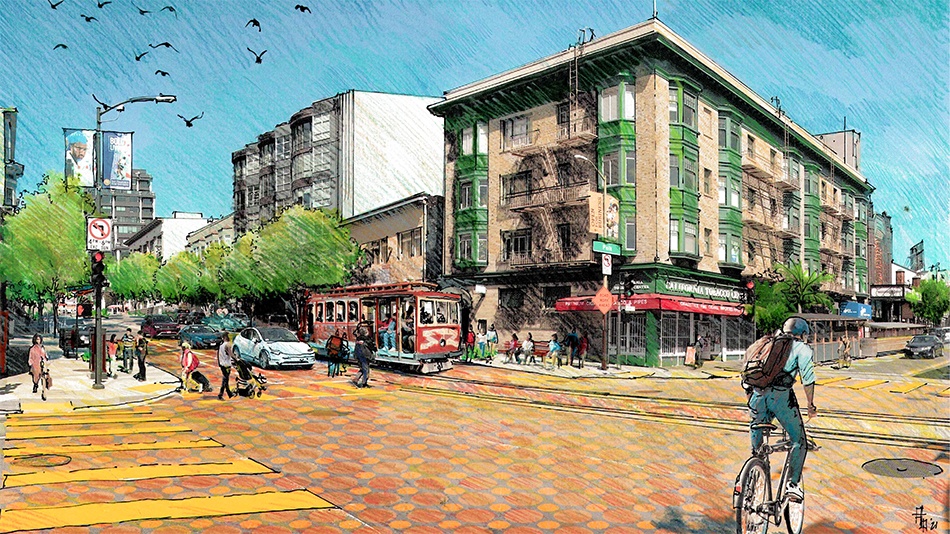
Polk Plaza Concept
A critically important new focus is on the intersection at Polk Street: The Polk Plaza. The Plaza will be at the actual intersection of Polk and its four cornered enclosure. At this first stop (In Bound) or penultimate West bound (outbound) stop, a distinct pattern and color is meant to differentiate it from the Van Ness Platform area. The plaza’s signage and graphics are proposed to expand on and elucidate the cultural life and unique mercantile mix of this community and its distinct neighborhood that extends south to Civic center and North towards Fort Mason and the Bay.
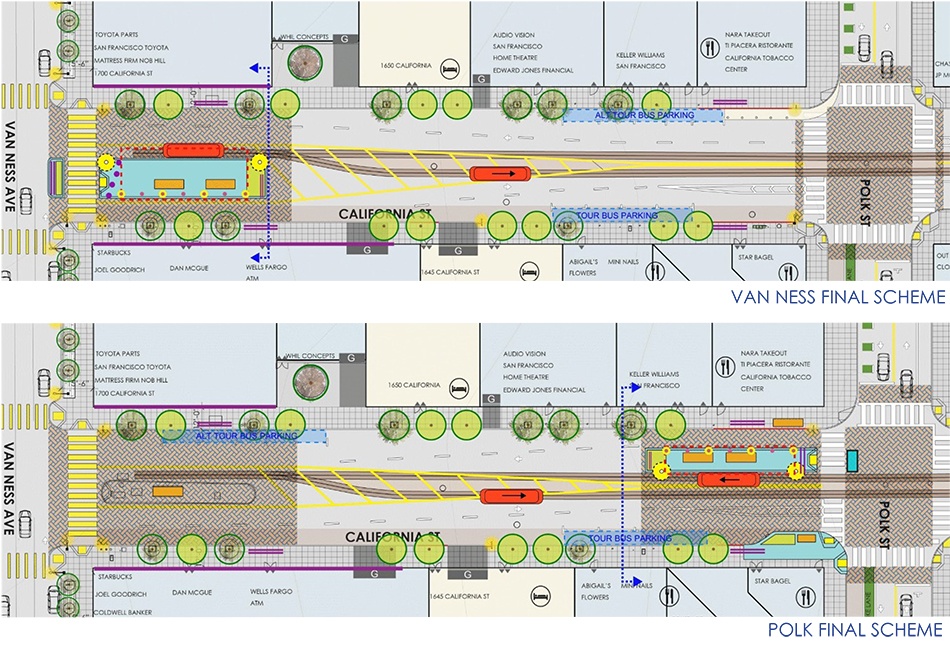
Here, bulb outs would allow and encourage street performers and a more gracious lingering, a hub and way-finding for those entering the Polk Corridor. At the Plaza, protected from the noise and traffic of the busier Van Ness Gateway, street musicians and sidewalk food stands might make better use of the slower more leisurely paced Polk corridor foot traffic. To this end, the plan and guidelines provide an integrated tool kit of strategies and graphics to communicate a visual and material link between the Cable Car line and the Polk Street Corridor. The existing stop at the Polk intersection is envisioned to be the pedestrian privileged extension of the larger Transit Hub to the west at Van Ness. This location would be the logical place to disembark for those not continuing on to transit points north or south or West. We propose a Polk -centered Plaza that would allow tour buses to park and unload or reload their camera classed cargos. Here, the bike paths and enhanced crosswalks would clearly signal a place for people, where cars are guests to be tolerated and accommodated, but not prioritized. This would be a place to begin exploring the Neighborhood and its restaurants and famous bars, or, a starting point to walking down to the Civic Arts Center along Polk. All without compromising the main thoroughfare of commuters as they might proceed on to the Rapid Transit Options further west at the main turn-around on the same block.
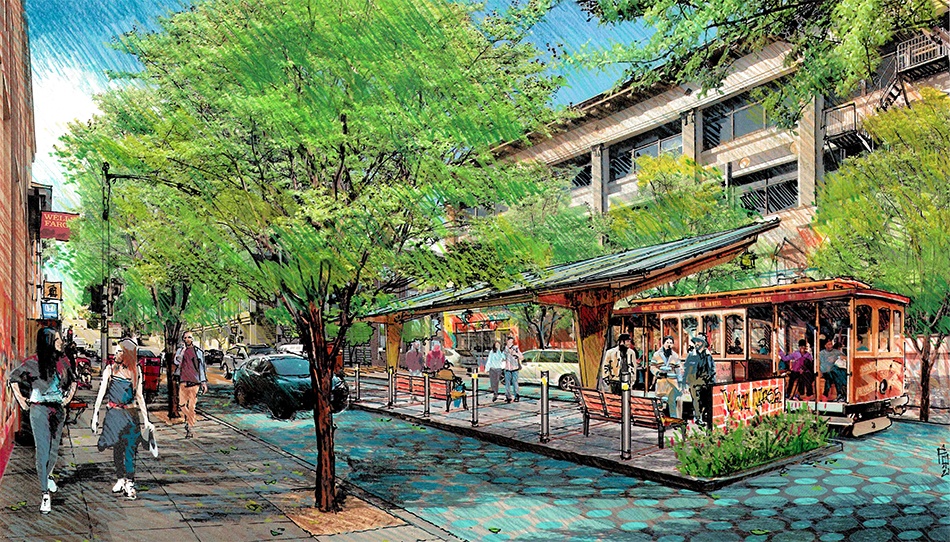

A Great Cable Car Terminus and Polk Plaza Benefiting the Whole Community
The intent of this vision plan, and the illustrations included within, is to describe a possible future. It recognizes that this change will take coordinated efforts of multiple agencies and a large capital investment that is beyond the capacity of any one of the many community voices that have helped create and propel its direction. The total vision described here concentrates on the Van Ness Station point, but has implications for change that extend to blocks west and east that will enable that infrastructural change. Traffic will need to be organized through striping and right turn lane only signs, or directive signaling for trucks and other special vehicles, one block west of Van Ness for those traveling east to allow for the enlargements of the terminus platform proposed here. At this Polk Street Gateway, bulb-outs and traffic calming intersection upgrades and super graphics are used in conjunction with furnishings, lighting, bollards and other described amenities to create a very different and exceptional intersection. The intent, as illustrated here, is to ensure that the other circulation systems, be they vehicular, bicycle, or pedestrian, will all arrive on this block to understand it clearly as a pedestrian oriented precinct.


The public realm is the place where we need to be making these major investments on behalf of the people. It is the goal of this Vision Plan process to allow the people to speak in one voice towards actualizing change in those areas of the public realm that most directly affect them and have the greatest chance of doing the most widely distributed good. These are expensive things to realize and expensive places change, but first we must know how to ask for what we want and need. It is the hope of this Vision Document that that voice is clear and the goal is well defined – such that it might next be actualized.
Location: Polk Merchants District
Owner/Client: Lower Polk Neighbors / Lower Polk CBD
Scope: Cable Car Turn-Around Vision Plan
Status: Completed 2021
Photography: N/A
Stanford Freidenrich Center for Translational Research Landscape
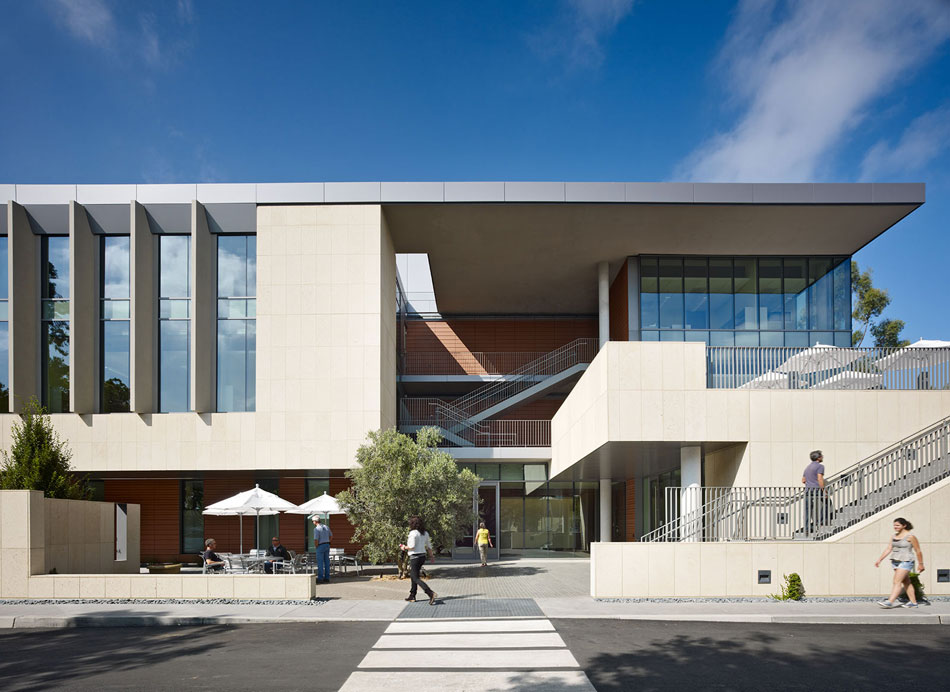 Bruce Damonte
Bruce Damonte The landscape for this first new building in the expanded medical campus at Stanford University Medical Center provides a rich textural and programmatic setting for the new Jill and John Freidenrich Translational Research Building, which brings together previously dispersed scientific researchers and clinical testing into a single facility. The entry is a sequence of exterior rooms from Welch Road which gradually become more private before ending in the sensuous entry court that extends the building’s emphasis on interaction into the landscape.
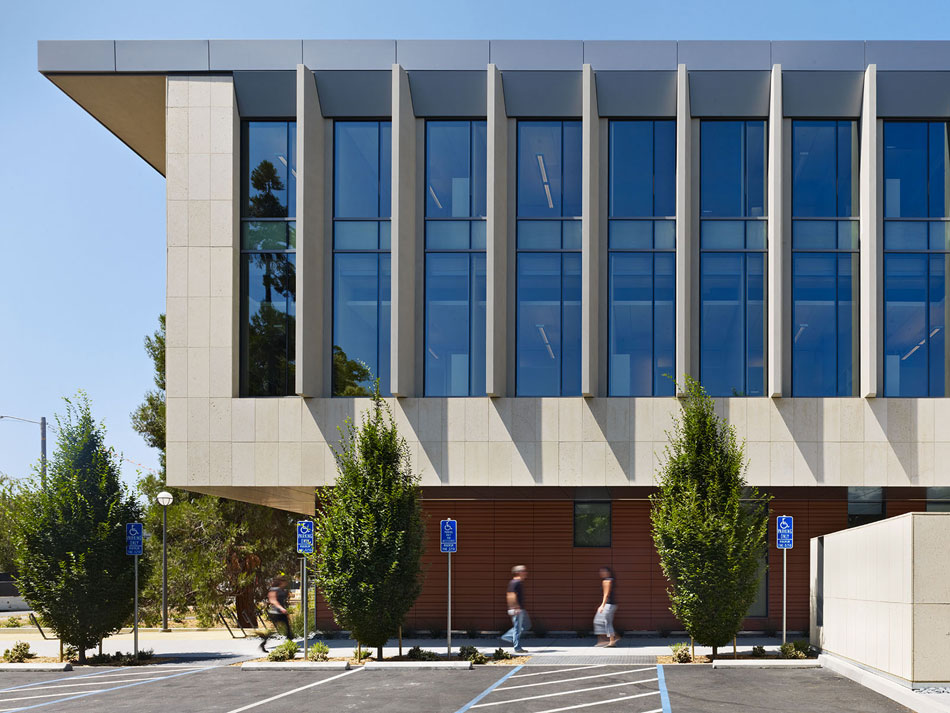 Bruce Damonte
Bruce Damonte 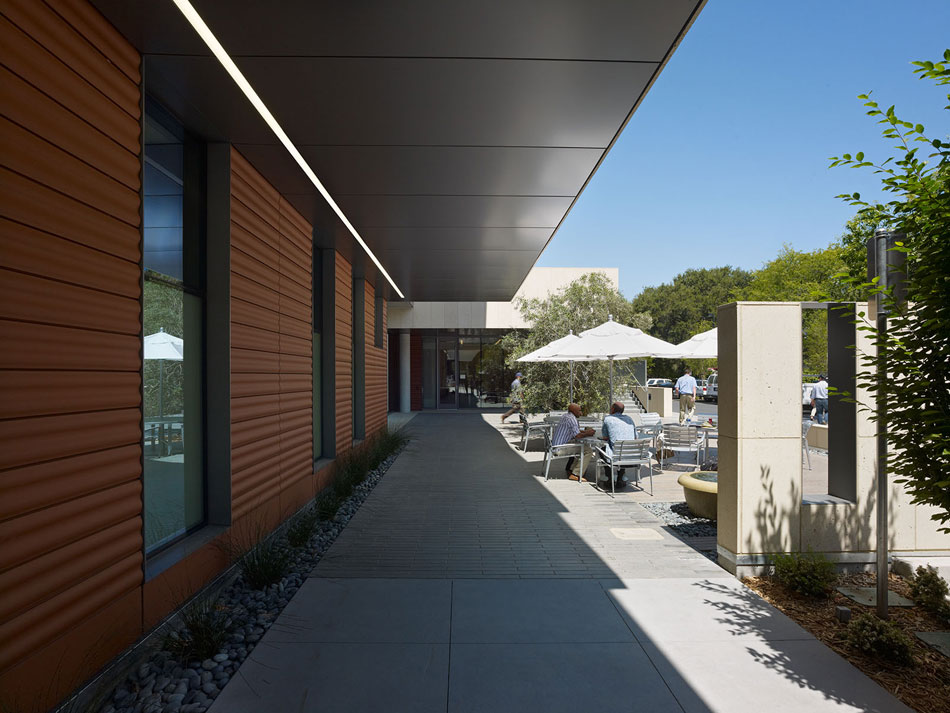 Bruce Damonte
Bruce Damonte 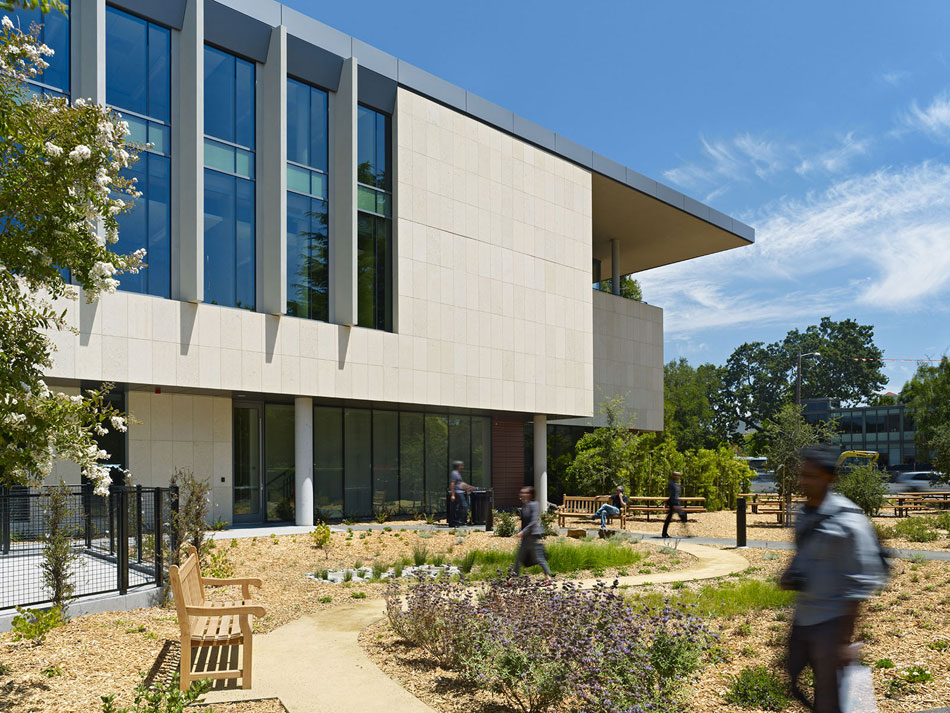 Bruce Damonte
Bruce Damonte
Small, closely fenced micro-gardens of highly refined material palettes extend treatment rooms out into the building’s perimeter, thus blurring the interior with the lush changeability of Stanford’s campus landscape.
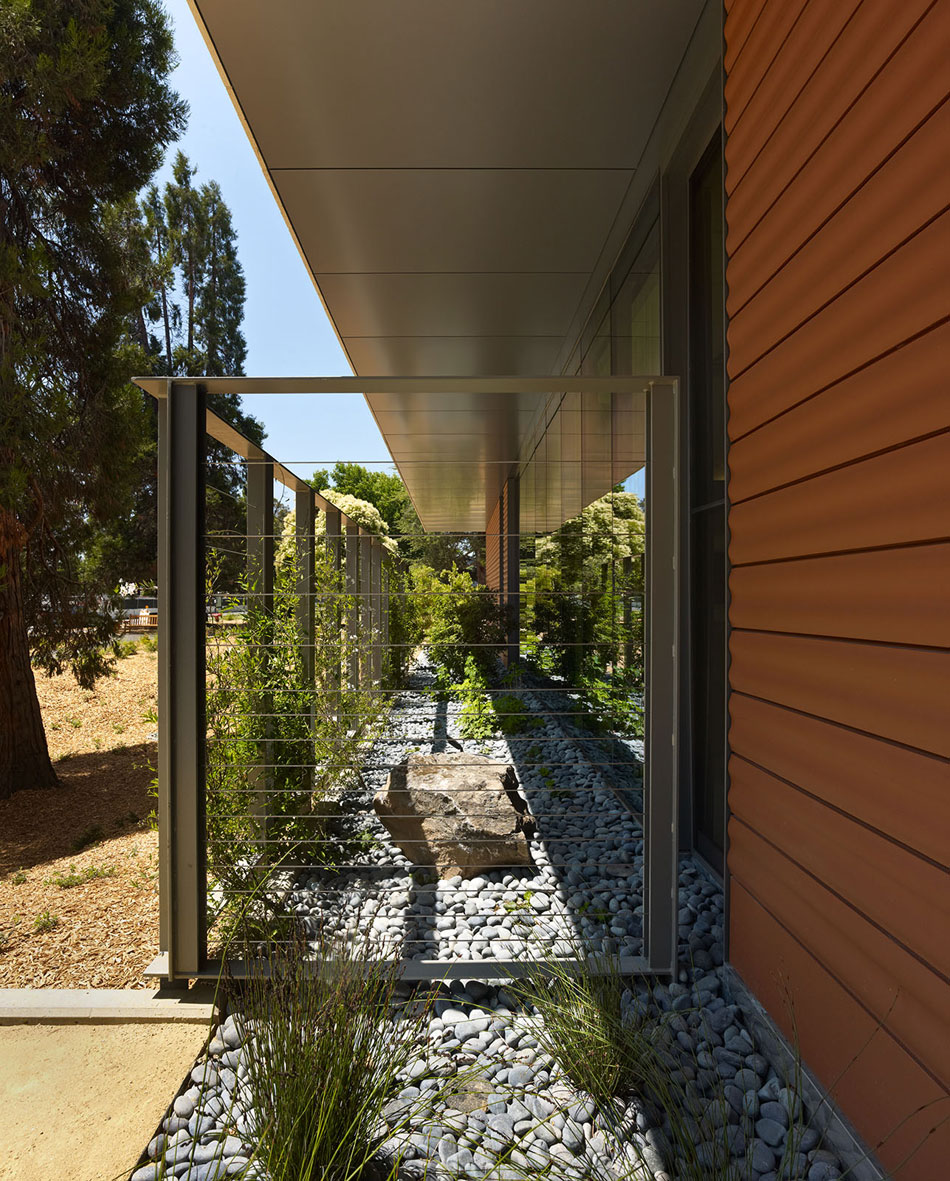 Bruce Damonte
Bruce Damonte 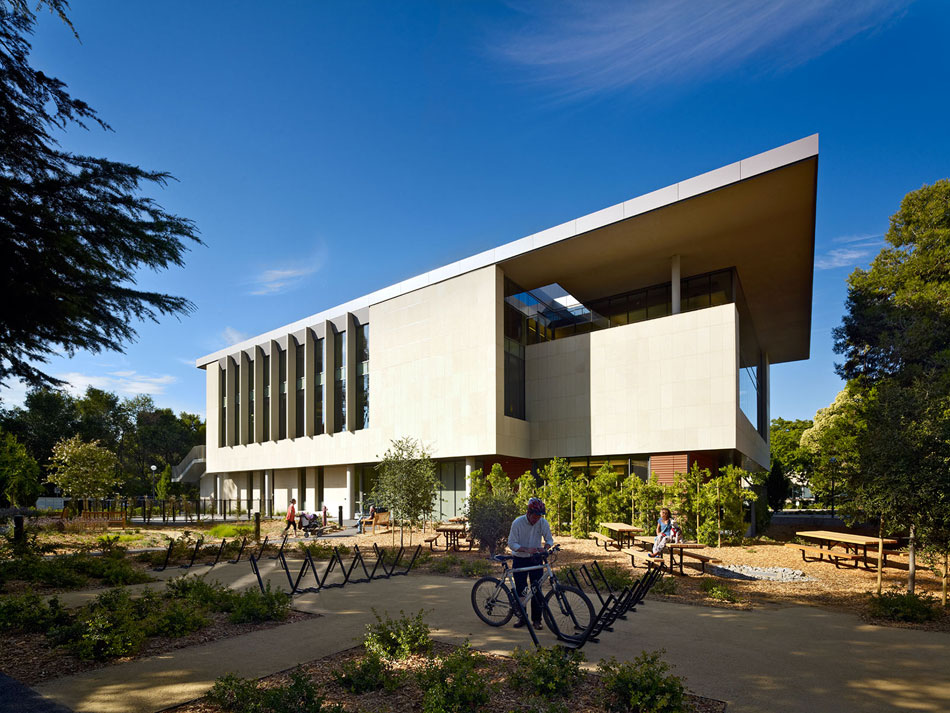 Bruce Damonte
Bruce Damonte 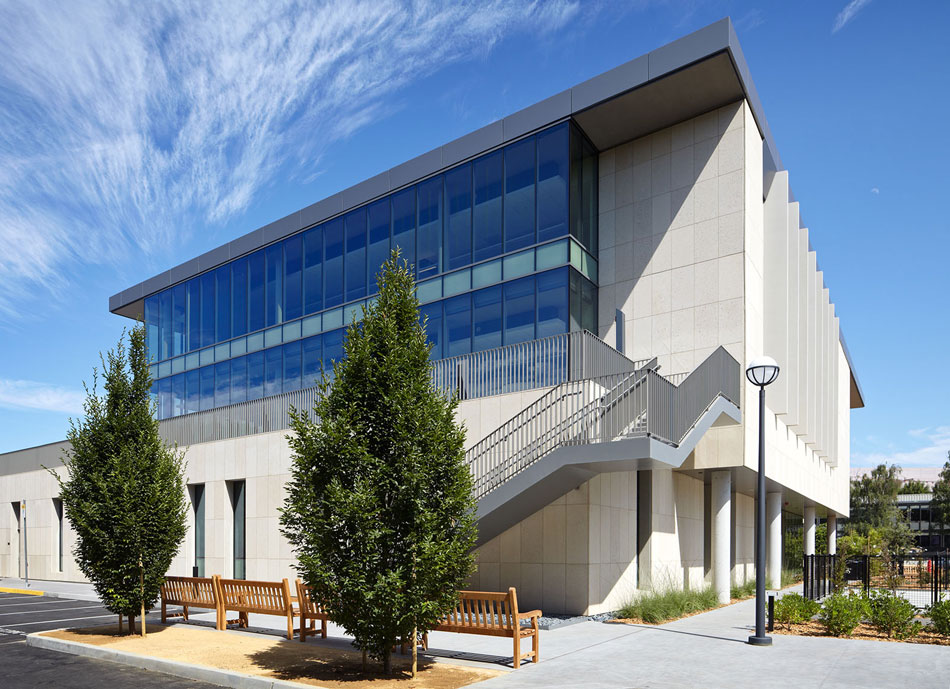 Bruce Damonte
Bruce Damonte
Mature heirloom trees are preserved and integrated into a topography of paths and recreational amenities which are engineered to capture and filter stormwater, while providing a variegated and rich landscape for staff, patients, and the extended campus to enjoy.
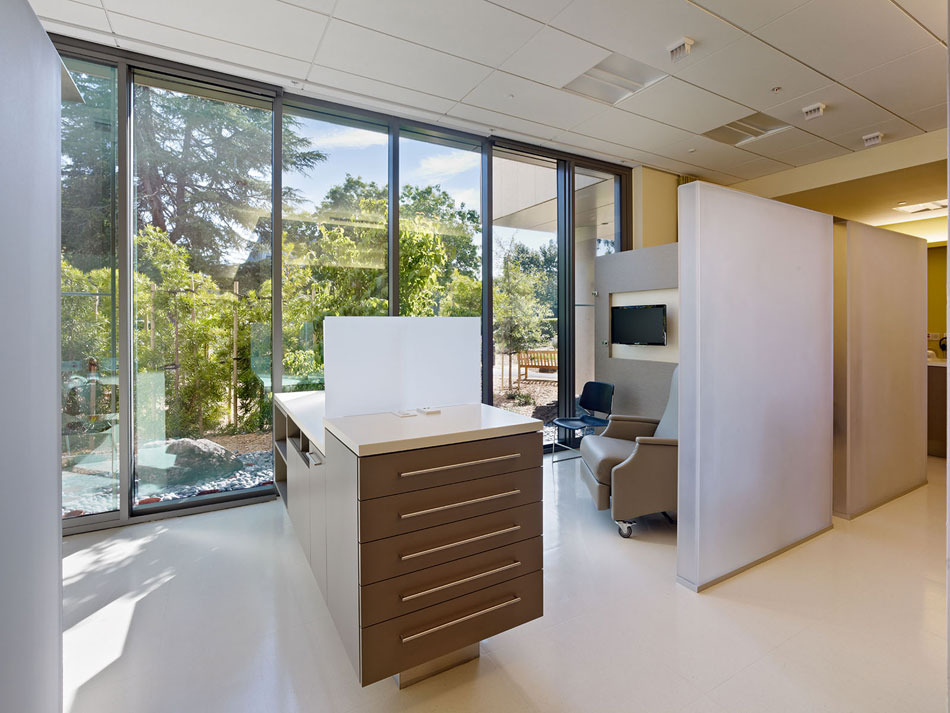 Bruce Damonte
Bruce Damonte 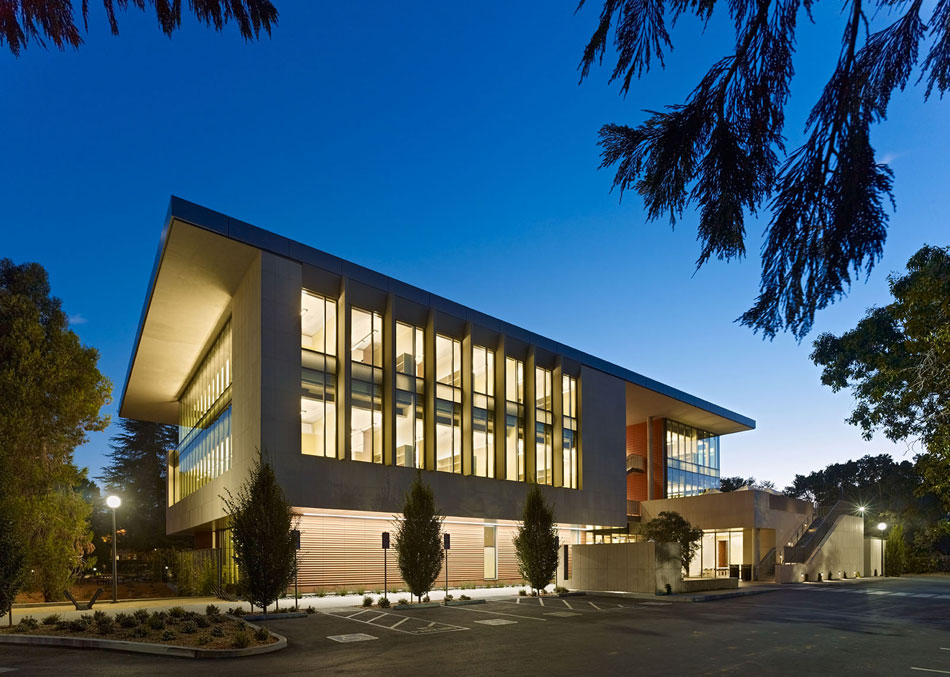 Bruce Damonte
Bruce Damonte 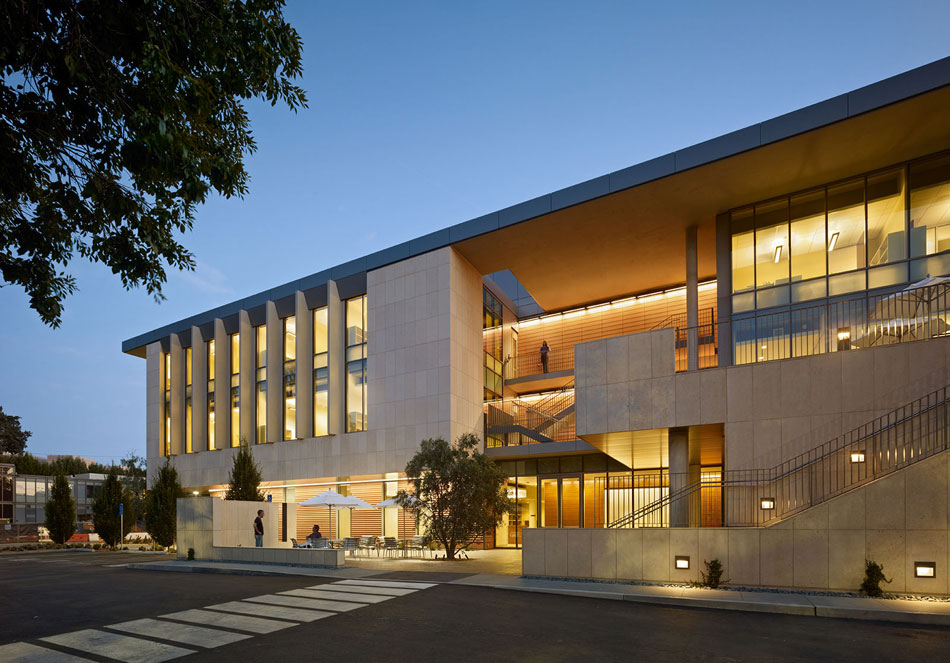 Bruce Damonte
Bruce Damonte
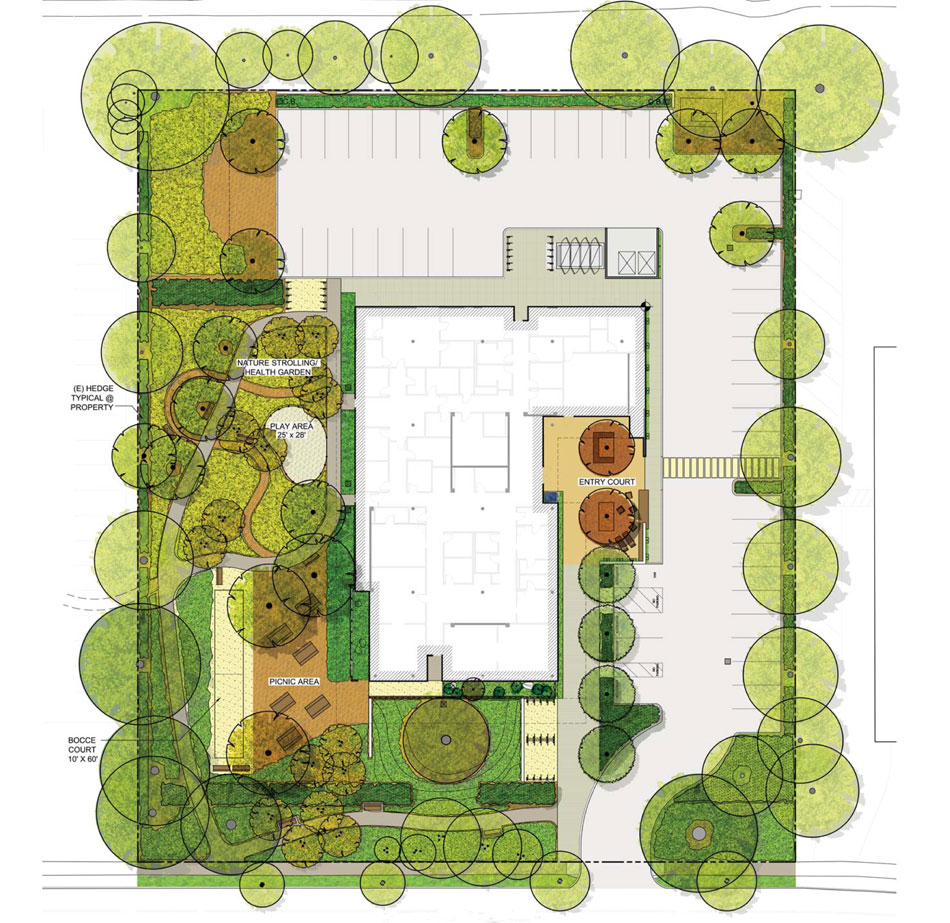
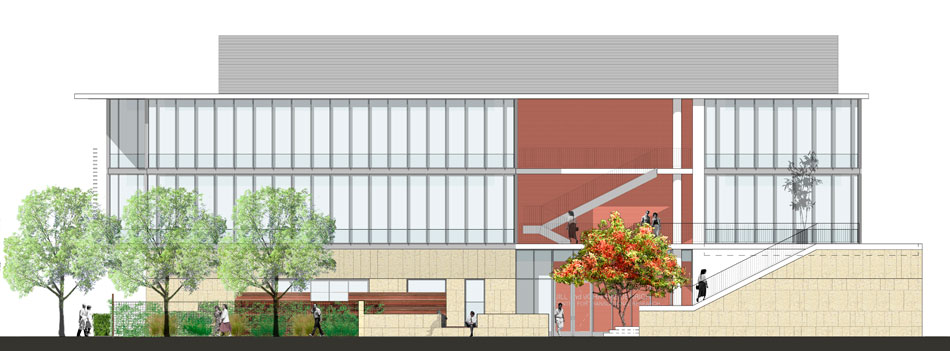
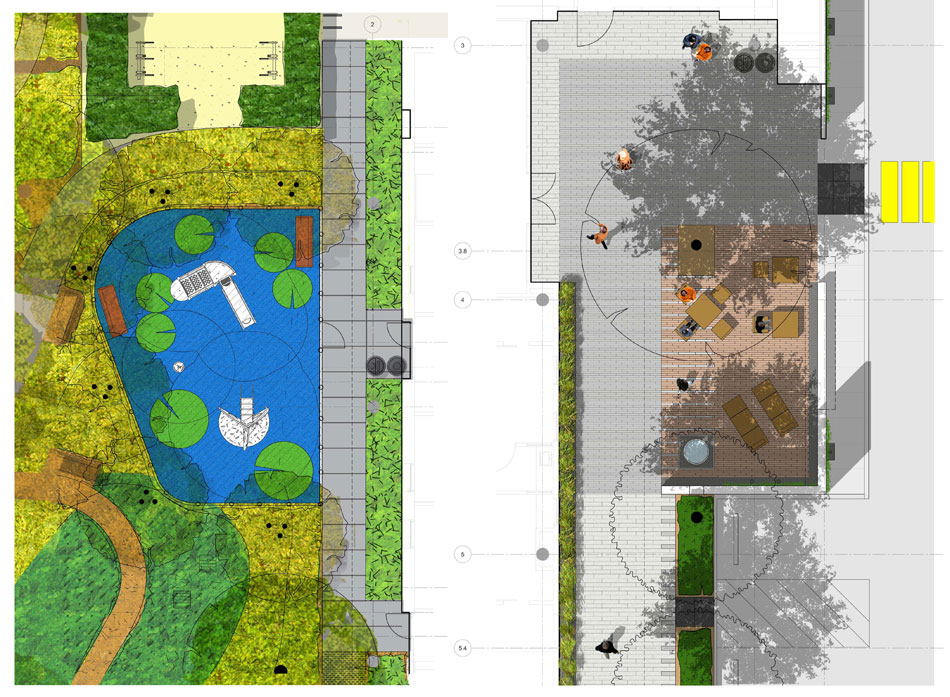
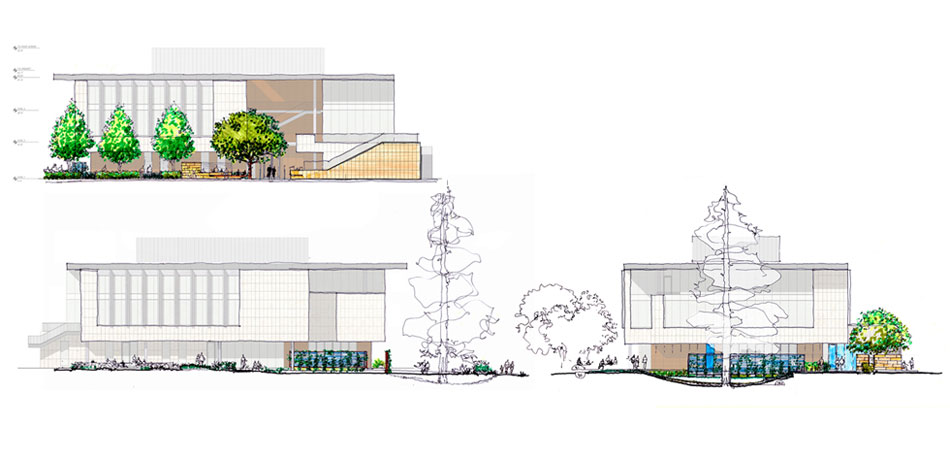
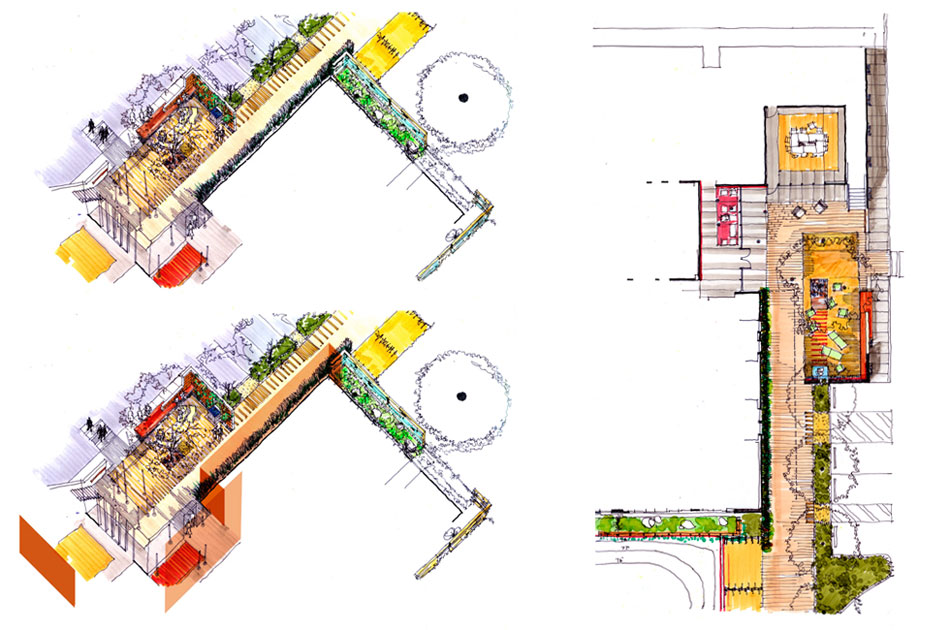
SITE: Palo Alto, California / SIZE 16,000 sq. ft. landscape
SCOPE: Entry Court, landscape design
DATE: Completed 2012
TEAM : INTERSTICE Architects (landscape), WRNS (architecture)




